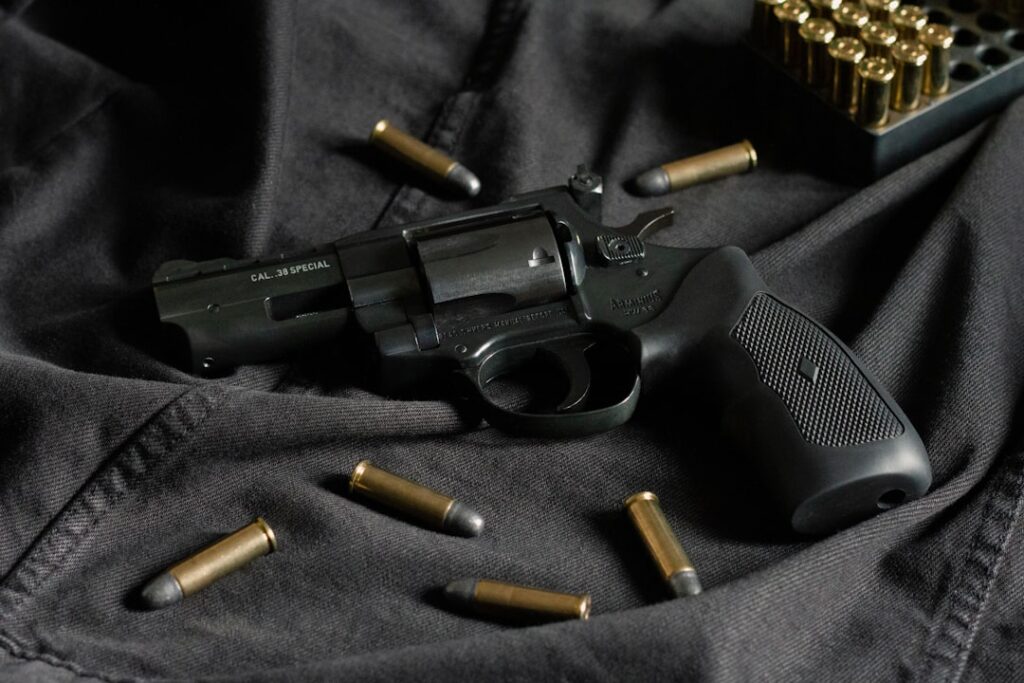As more firearm enthusiasts adopt optics for personal defense, red dot sights have become a common consideration for concealed carry. These compact aiming systems offer faster target acquisition and improved accuracy, but are they truly practical for everyday concealed use?
The primary appeal of a red dot sight lies in its ability to simplify aiming under stress. Instead of aligning front and rear iron sights, a shooter can focus on a single red dot over the target. This can be especially useful in low-light scenarios or for those with aging eyesight. However, using a red dot on a concealed carry firearm isn’t without challenges.
One of the first concerns is size. While red dots designed for handguns have become smaller and lighter, adding one to a carry weapon can still affect concealability. Holster compatibility is another factor, as not all holsters accommodate optics. Additionally, carrying with a red dot may slightly alter the draw stroke, requiring consistent training and adaptation.
Durability is another consideration. Concealed carry firearms are subjected to daily movement, sweat, and occasional bumps. A red dot sight must be robust enough to withstand these conditions while maintaining zero. Fortunately, many optics on the market are built specifically for such purposes, offering rugged housings and reliable performance in compact packages. For those seeking a red dot for concealed carry, selecting a model that balances durability and minimal profile is key.
Battery life and maintenance also come into play. A red dot is only helpful if it’s functioning when needed. Modern optics often feature extended battery life and auto-on features, but users must still regularly check and maintain their sights. Practicing with the optic and understanding its settings can make a significant difference in a high-pressure situation.
Another point to consider is the learning curve. Transitioning from iron sights to a red dot can take time. Shooters may initially struggle with finding the dot quickly, especially during rapid draws. Regular training and dry-fire practice can help bridge this gap. Over time, many users find that the benefits in speed and accuracy outweigh the initial adjustment period.
For concealed carriers who prioritize rapid sight picture, especially in dynamic environments, a red dot can be a valuable upgrade. Still, it requires a thoughtful approach to holster selection, firearm compatibility, and consistent training. If you’re considering this route, exploring options through a trusted source like Cuda Optics can provide insight into models designed specifically for concealed carry use.
Ultimately, the decision to equip a red dot on your carry firearm should align with your lifestyle, training commitment, and personal defense strategy. With the right setup and preparation, it can be a smart enhancement to your concealed carry system.





